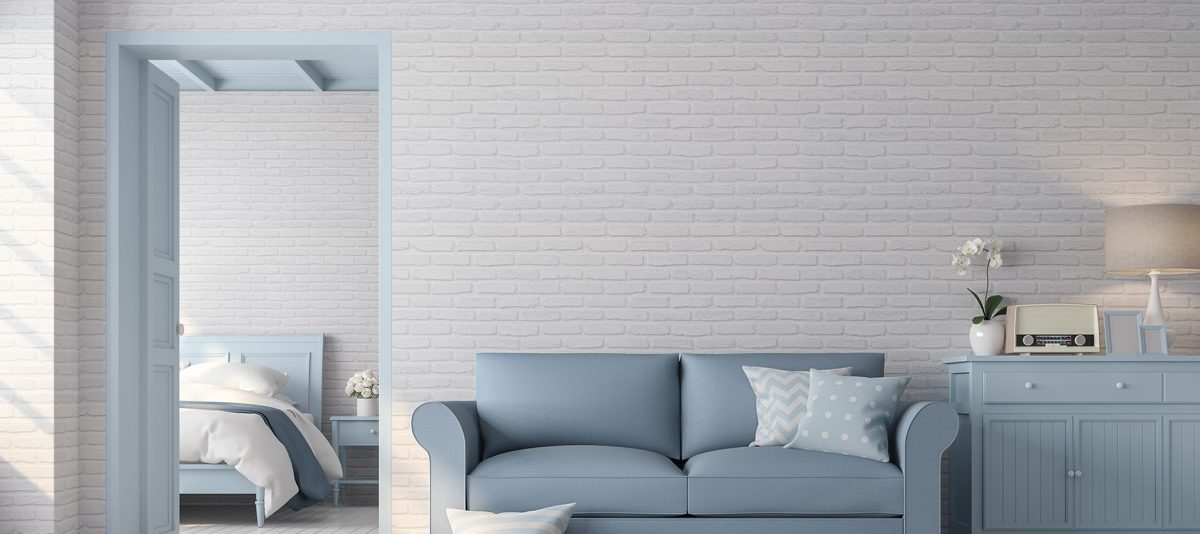Space Planning is the basis of an effective interior design. It ensures that each inch of your home is utilized to fulfill a room’s primary function.
It involves taking precise measurements, dividing the space into functional areas, selecting furniture, and playing around with designs. For visual harmony, it is important to achieve balance and proportion.
Furniture Layout Ideas
Furniture plans are an important part of the interior design. The furniture plan outlines the best way to arrange and place the pieces of furniture in an area to maximize efficiency, flow of traffic and aesthetic visual appeal.
To create a furniture layout, you will need take into consideration the room’s size and dimensions and your furniture needs. In addition, it’s crucial to decide on the position of focal points as well as potential divides (ie. fireplaces, TV’s, cabinets).
There are many choices when it comes to how furniture is placed. A symmetrical layout can be used in any room, because it brings balance and harmony. This can be accomplished by placing sofas on either the other side of chairs. Asymmetry can be a great option, especially in smaller spaces. One accent chair with the matching table will make the room more balanced without overwhelming it.
When arranging furniture layouts other factors to consider include maximizing the seating space in areas of social interaction and maintaining a steady traffic flow. The right furniture arrangement can make any room more practical thiet ke noi that, comfortable and stunning.
In the following lesson, you’ll learn to sketch your furniture layouts using the floorplan you sketched in Lesson 1. You can either use Xerox copies of the floorplan, or the paper templates included in the furniture Plan Kit. For success it is essential to sketch your furniture layouts on a 1/4″ scale.
Interior Design with Functionality
It is crucial to take into account the purpose of the space when planning it. With a practical method of design, you can make an attractive space that performs well and looks stunning.
To determine the primary intended purpose of a space you must first take into account the lifestyle and goals of your client. It is essential that the space they select will meet their requirements, whether it’s to relax and unwind in a warm living room with their family or work productively at home in their office. It will ensure that the space of your client is functional and an enjoyable area to relax, play, and work!
When planning the space it is essential to assess the available light sources in your client’s space as well as the amount of sunlight that it receives. Then, you can decide on the right quantity and position of artificial lighting fixtures to bring about the desired functionality and aesthetics. A well-designed and designed living room such as this one, could include a mix of task, accent and ambient lighting to create the perfect atmosphere.
Making a space plan that is effective isn’t just for interior designers It can be accomplished by anyone who wants to reduce time, cost and the hassle that comes with purchasing furniture that doesn’t fit your space. Making use of design tools and furniture scales, such as those included in Designer in a Binder allows you to try different furniture arrangements and find the best arrangement for your space.
Room Layout Plan
It is essential to ensure that the interior design of a residential or commercial space is in line with both short-term and long-term requirements. In order to achieve this, you must have a mix of functional and aesthetic needs and an overall design. If you don’t take into account these elements, a space could feel disorganized, disjointed and even dangerous.
Start by determining the purpose of the space. You should ask yourself which tasks you’d like to accommodate in your space. As an example are you looking to use it to be a place for relaxation, dining with guests, entertaining guests or sleeping? This will help you decide on the appropriate furniture size and layout along with other design elements like lighting and décor.
Next, consider how people move through the space. Be sure to allow room for movement and try to avoid blocking the pathways with the overuse of furniture or other things. Be aware that the first impression of the space is made when you walk towards the entrance. Be sure that what’s on display is aesthetically pleasing and inviting (not just a stack of boxes or an unclean shelf).
Once you’ve got the basics down, try playing with different furniture layouts with design software tools or moving objects around physically to determine what works best for the space. You’ll become a master of space layout with just the right amount of practice!
Space Planning Tips
Whether you’re designing a cozy family room, a productive home office or serene bedroom, thoughtful space planning can transform your interiors into gorgeous spaces that are perfectly with your daily life. By adhering to the fundamentals of functionality and flow of traffic and defining zones, optimizing storage space, and balancing and proportions, you’ll get an aesthetic that is harmonious and enhances your daily life.
Begin by determining the primary purpose of every room. A cozy family room could also serve as a dining area as well as a playroom for children or a place to meditate. The purpose behind each room should be the guiding principle for the design process.
Once you know the functional requirements for each room, begin by taking measurements of the room in detail. You can make better arrangements and furniture selections if you know the exact dimensions of the room. This will eliminate costly returns and manual labor.
Using a few simple strategies can assist you in starting once you know the dimensions of your room. A well-planned layout can increase effectiveness and efficiency while minimizing clutter. Consider using multi-functional furniture to reduce floor space such as a sofa bed which can double as a bed, or an office desk that is wall-mounted. When arranging furniture balanced and proportion are important factors to consider. Lighting can also be used to set the mood in every room.








